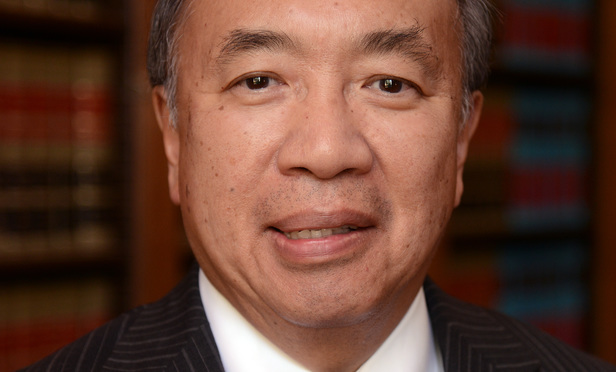In most of the cases that come before us at the Appellate Division, Second Department, our role is to correct any errors that may have occurred in the court of original instance. However, our court is sometimes called upon to shape the law and determine the scope of fundamental constitutional guarantees. We had occasion to do so in 2014 in the case of People v. Hamilton.1 In an opinion by Justice Sylvia Hinds-Radix, our court held in Hamilton that a “freestanding” claim of actual innocence may serve as a ground to vacate a criminal conviction under Article 440 of the Criminal Procedure Law.
A defendant who claims to be actually innocent can seek to vacate his or her judgment of conviction under Article 440 by presenting newly discovered evidence.2 The defendant must demonstrate, among other things, that the new evidence “could not have been produced by the defendant at the trial even with due diligence on his part,” that the evidence probably would have changed the result at trial, and that the motion to vacate the conviction was made with due diligence after the discovery of the new evidence.3 The defendant in Hamilton was unable to satisfy these conditions. Nor did he present the results of any DNA testing, which would have provided another statutory basis for vacating his conviction.4 The defendant argued, however, that he could show that he was actually innocent of the crime of which he was convicted, and that his conviction should therefore be vacated on another ground available under Article 440, namely that it was “obtained in violation of a right of the defendant under the constitution of this state or of the United States.”5



